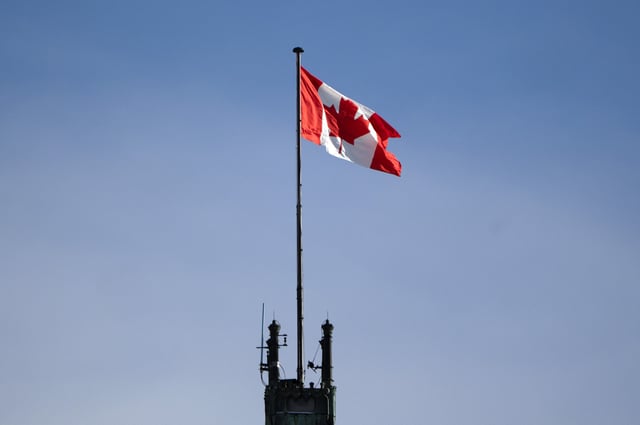Overview
- Defence ministers in Brussels broadly agreed to pursue a 5% of GDP spending target, with a proposed split of 3.5% for core military outlays and 1.5% for broader security areas by 2032.
- Ministers remain divided over the pace of implementation and which expenditures qualify, with some pushing for a 2030 deadline and others warning of budgetary and industrial constraints.
- Canada, at roughly 1.37% of GDP, faces renewed US pressure to exceed its 2% commitment and is considering a German-Norwegian submarine purchase to bolster Arctic security.
- Germany has committed to annual budget increases aimed at reaching the 3.5% core plus 1.5% broader security spending target by 2032, including new infrastructure battalions.
- Officials approved updated NATO capability requirements emphasising air and missile defence, long-range strike, logistics and large-scale land manoeuvre forces ahead of formal adoption at the June 24-25 summit.


